I won’t belabor what I’ve written before: the road from Maun up through about Shukumukwa where it forks between choices of Moremi and Khwai is pretty dull, terrible with dust, and generally produces zero animals other than cows, goats, and dogs as you pass through some of the small villages. The map above is the track from Maun to the South Gate area, where we enter the Moremi Wildlife Reserve proper, and stop for lunch.
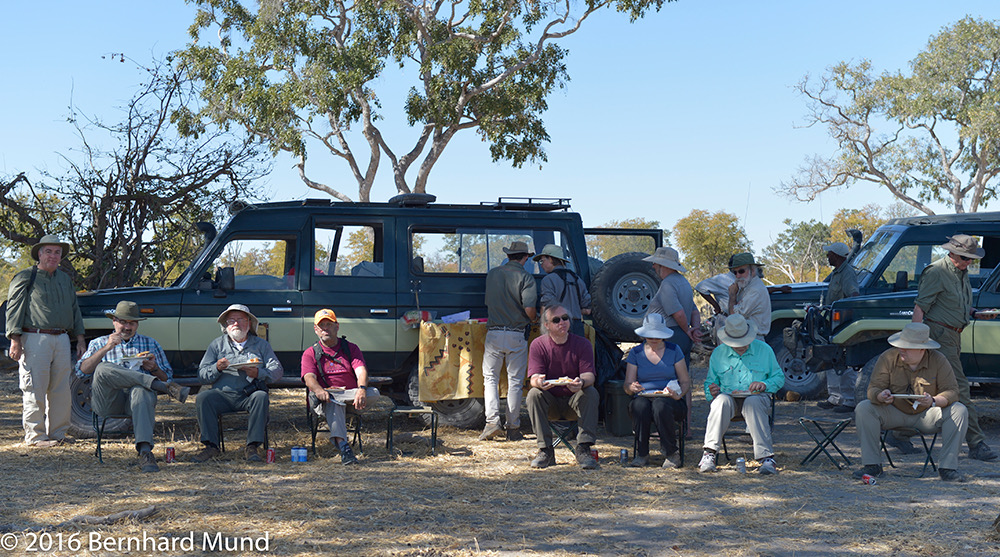
Now that we’re fed and in the park, it’s time to safari.
My first impression of Moremi this year is how dry it is. The place where stopped for lunch is generally a water pan that is frequented by impala and zebra, and usually has some water year-round. This year, none, and we haven’t hit summer yet.

Once into Moremi proper, the day is filled with firsts as we start the game drive for real (track above). First ground hornbill. That’s twenty minutes. First zebra. That’s fifteen minutes. First giraffe. Another fifteen minutes. First hippo. Another twenty minutes. First of many flat tires…well, you get the idea.
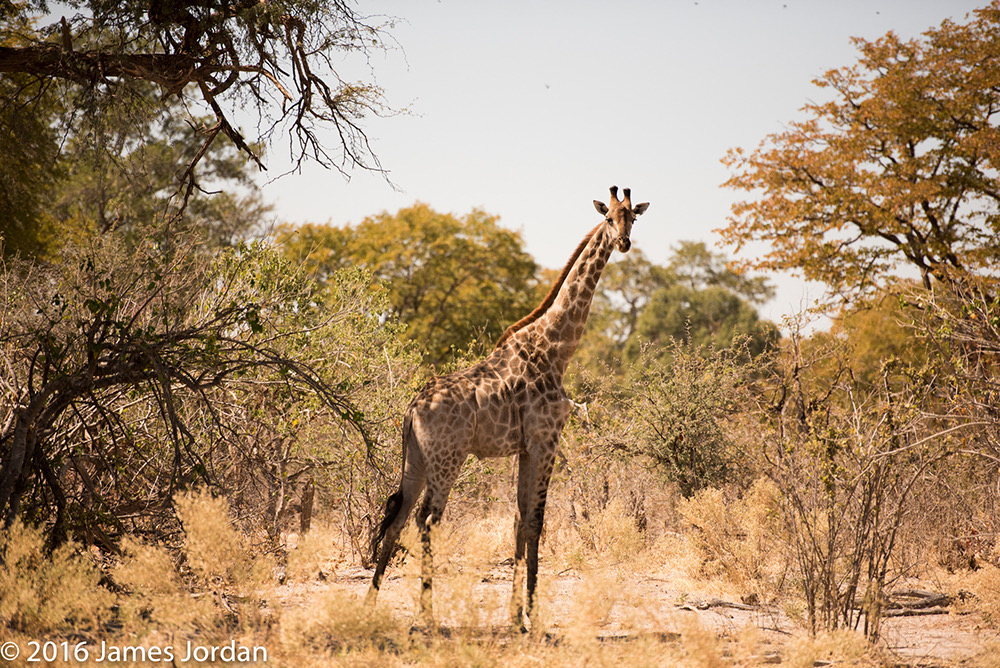
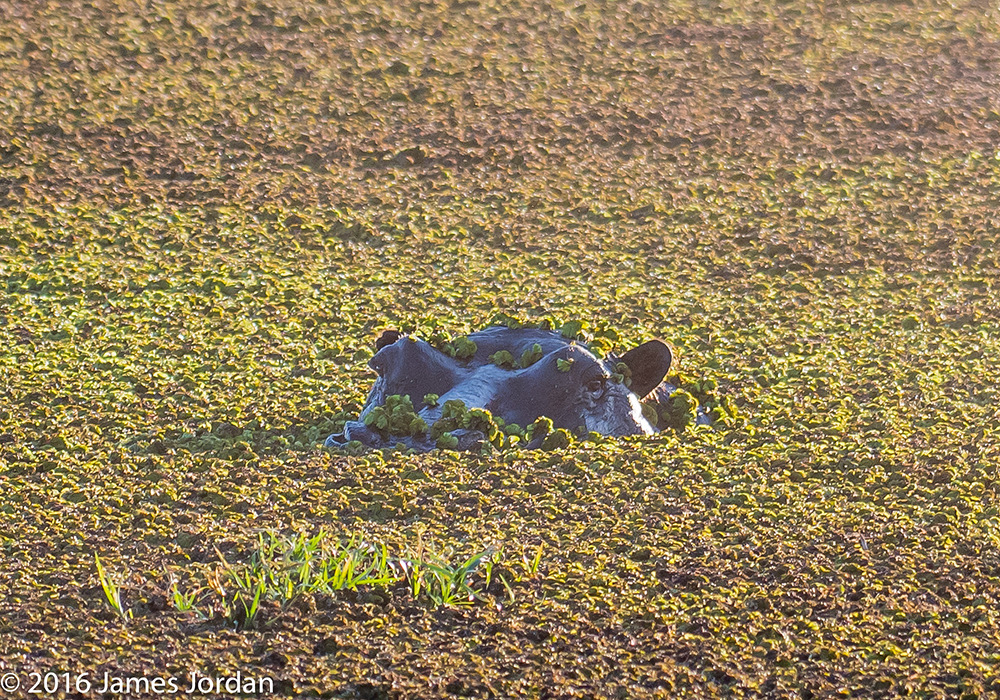
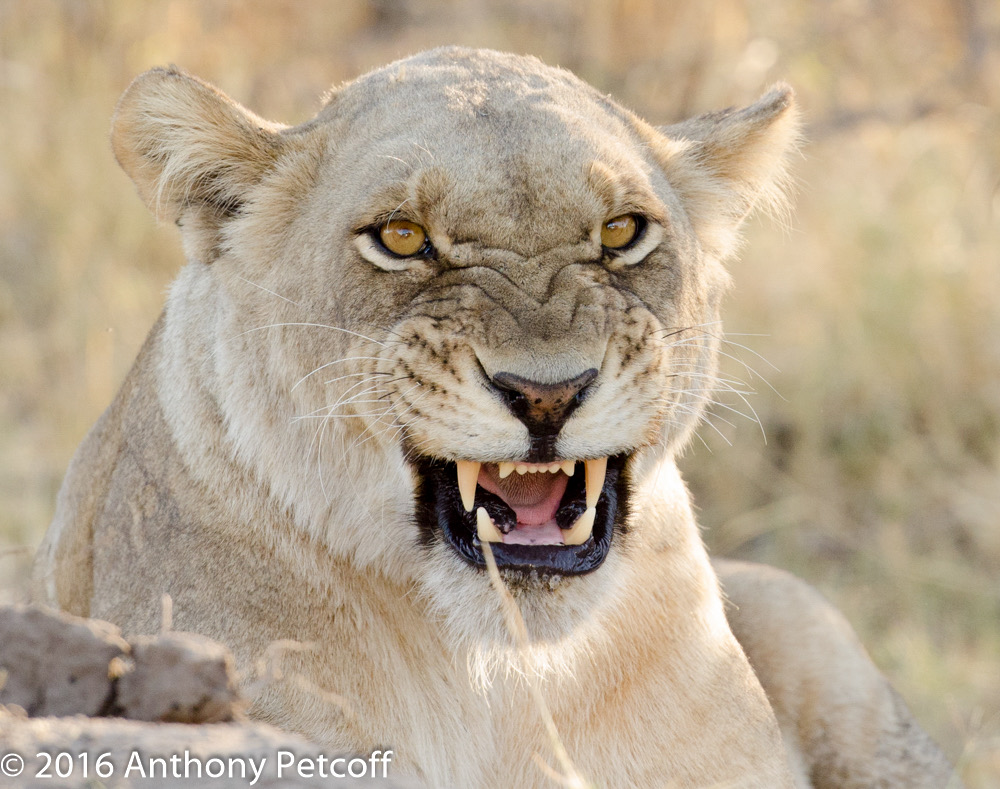
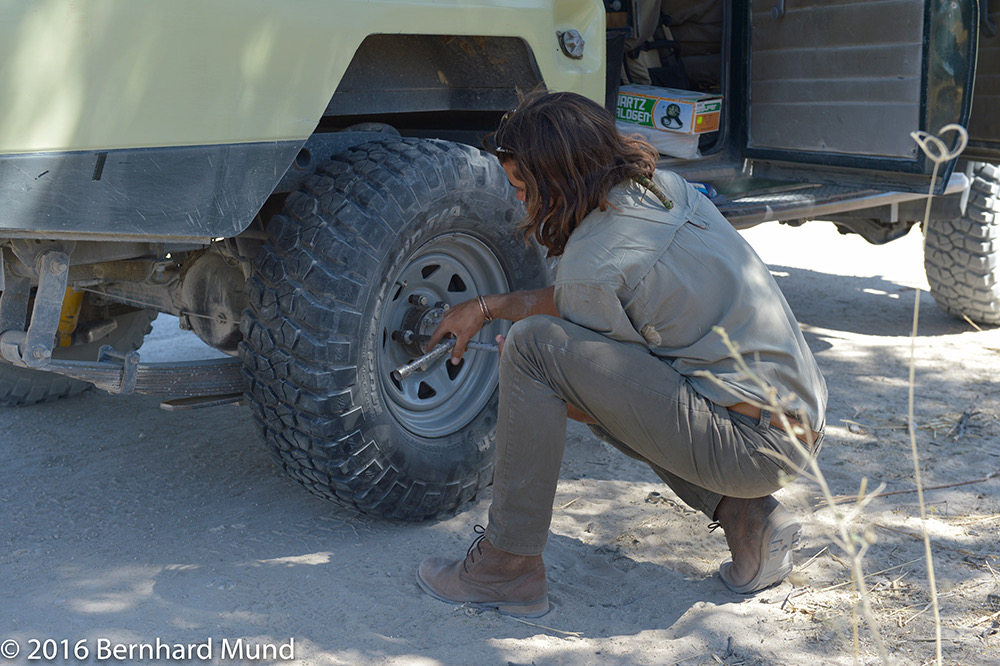
Shane had said this morning that he wanted to get us to camp by 4pm, but I knew better. I immediately retorted that “we’ll be lucky if we get in by 6pm.”
Sure enough, the day wore on and 4pm was soon history. We’d see some animal and stop, and another few ticks of the clocks went by. So yes, we got into camp at about 6:15, just as the light was rapidly diminishing to nothing.
This first day is always a tough balancing act. I don’t want to deny anyone their excitement with their firsts. Yet I also know that if I dump everyone in a mobile tented camp after dark, chaos ensues as people try to figure out where things are and how all the new-to-them gizmos work. The tents all have LED lighting powered from batteries, for instance, but Adam designed these to be multi-purpose, and you can use them in several interesting ways. The “bathroom” at the back of the tent takes some getting used to, and arriving after dark means that your first shower will be in the dark.
If I have to err, I do so on the side of photography. This is a photographic trip, after all. The minor annoyances of a new camp aren’t nearly as important as getting the shots everyone came to take.
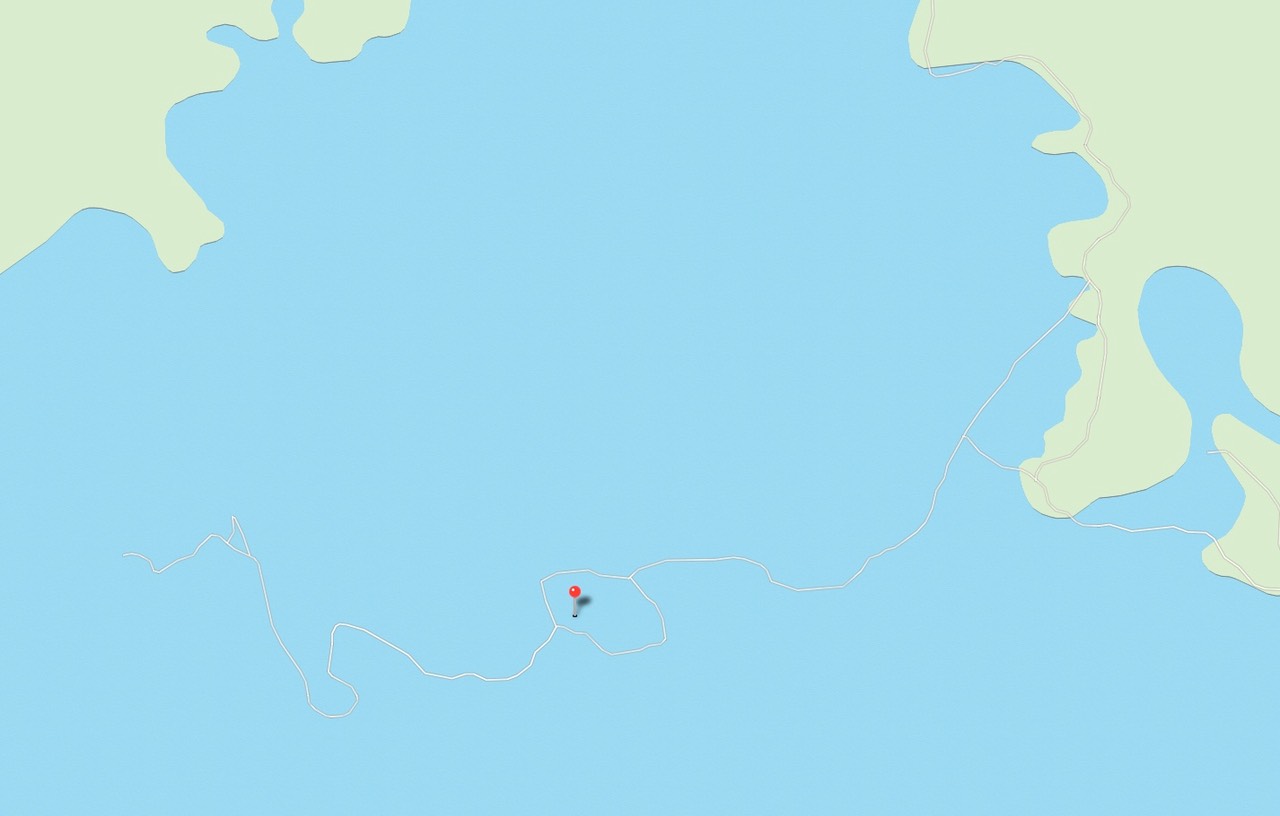
Camp 14 (the pin-prick in the above plot) is well away from the areas of Moremi that most visit. Indeed, if you look at the location above, it’s clearly out in the “wet” area that floods, and the dirt tracks end a bit to the West of the camp. Out this far we’re going to pretty much have the terrain to ourselves, something that’s unusual these days on safari. Indeed, as we moved away from the main road down towards our camp we began seeing fewer and fewer—and then no—other vehicles. The drawback is that we spend a lot more time traveling to get to this camp. The payoff is that we’ll have pretty much any sighting to ourselves.
Camp itself is the usual: two-person tents (and a few singles) arrayed in a semi-circle around the central area. The central area contains the campfire ring and the huge dining tent, replete with a liquor bar, coffee/tea bar, and buffet table. The crew all live at the other end of camp in a semi-circle behind the big Man vehicle that carries all this. Just behind the Man Kay sets up her kitchen, and it’s a pretty elaborate set up for a mobile camp with two camp ovens to deal with this large a group. Maybe I’ll get around to showing some images of that later in the trip.
The driver/guides have individual tents set out at the boundaries of camp, essentially to serve as sentries at night in case we need to do any fending off of animals. This workshop is a huge logistical operation. We’ll set up and move this camp three times on this trip, plus we’ll take a portion of it on the extension with a smaller group for a fourth move and setup. We pretty much have to not only be self-sufficient, but able to deal with anything that happens, so somewhere in camp you’ll find tool kits, backup gear, vehicle repair kits, and pretty much everything else you can think of. Plus don’t forget the food and drinks for 18 people plus 8 crew for two weeks. Big. Logistical. Operation.
If everything goes right, none of the workshop participants will notice all that went into this. I’ve been doing these trips with my local ground operator (Capricorn Safaris) for a decade now, and they’ve been doing similar trips for almost four decades. So it’s not that any of us are virgins at this and likely to be surprised by something. Still, as we get settled down into our first camp site, I’m always nervous that there’s something that will go haywire. We’re a long way from any help.
But we’re not done photographing just because it’s dark and we’re in camp!
Tonight’s our best night to avoid the moon and get good Milky Way shots, so Tony took everyone out into the field just West of our camp after dinner for some astronomical photography. (Tony’s the better night sky photographer between us, so I’ll always differ to his teaching here.)
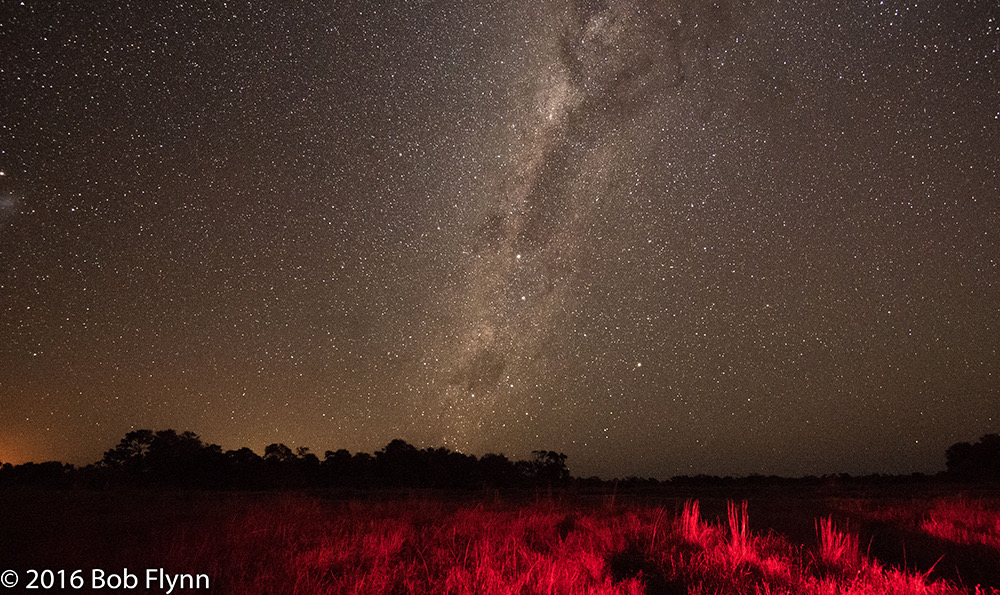
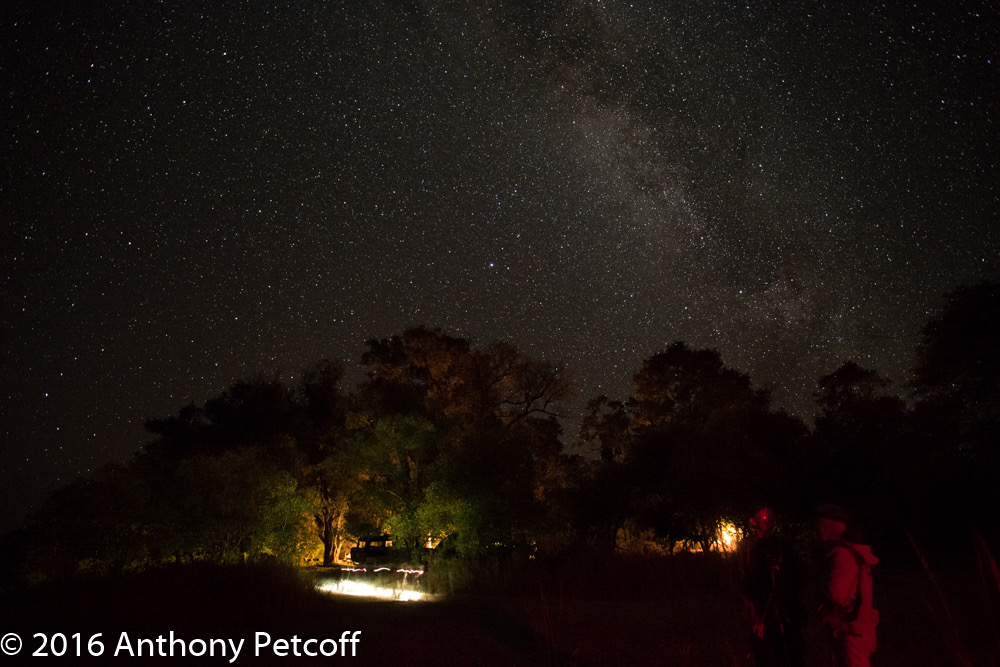
And so, after a very, very long day that started with me finishing up some lectures in the morning, a mid-day long drive, an afternoon safari, a camp dinner, plus some astrological fun, everyone is basically totally exhausted and off to their tents by no later than 11pm. Tomorrow’s wake-up call? 5:30am. I do tend to bill my workshops “intense” after all.
